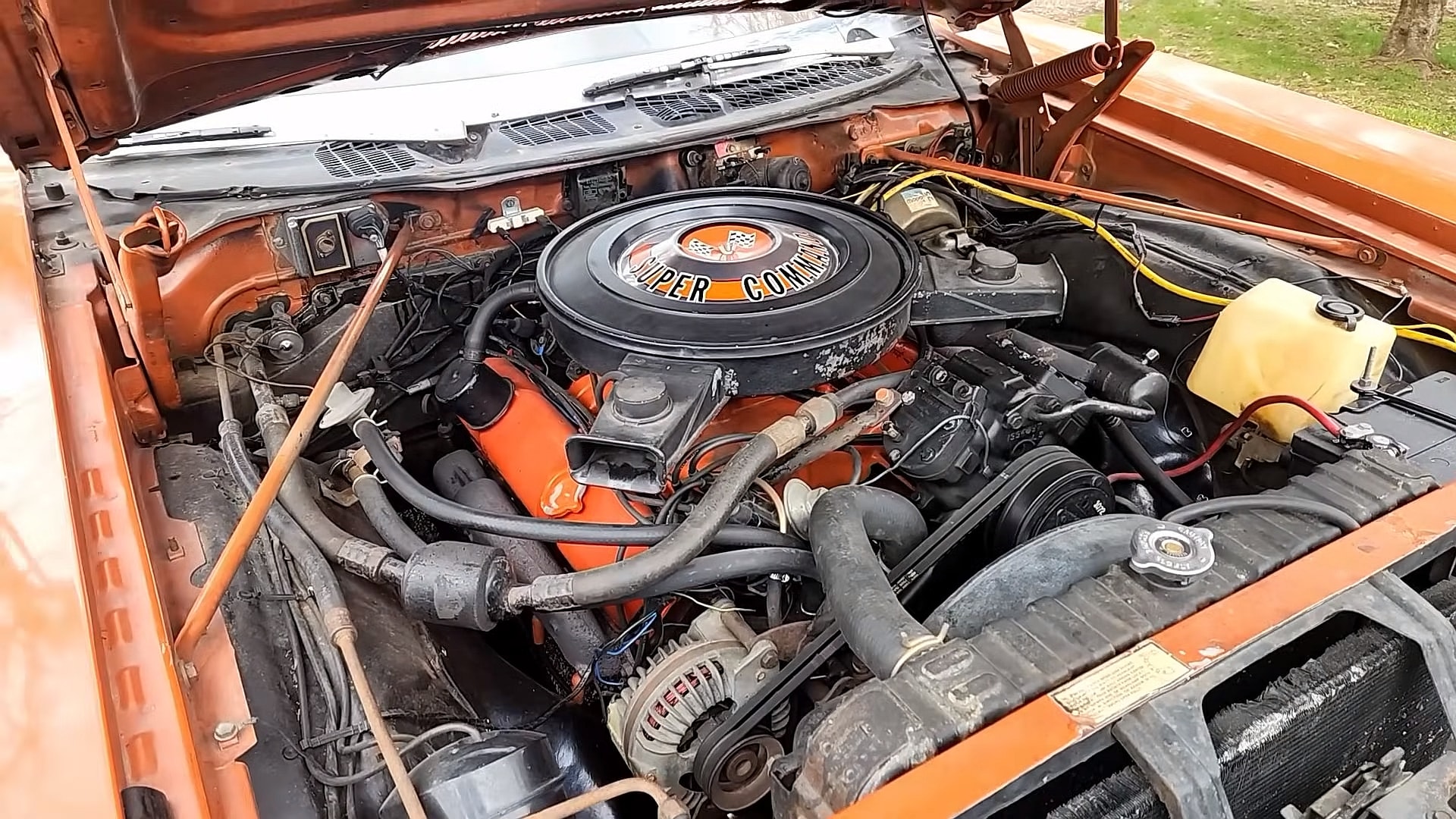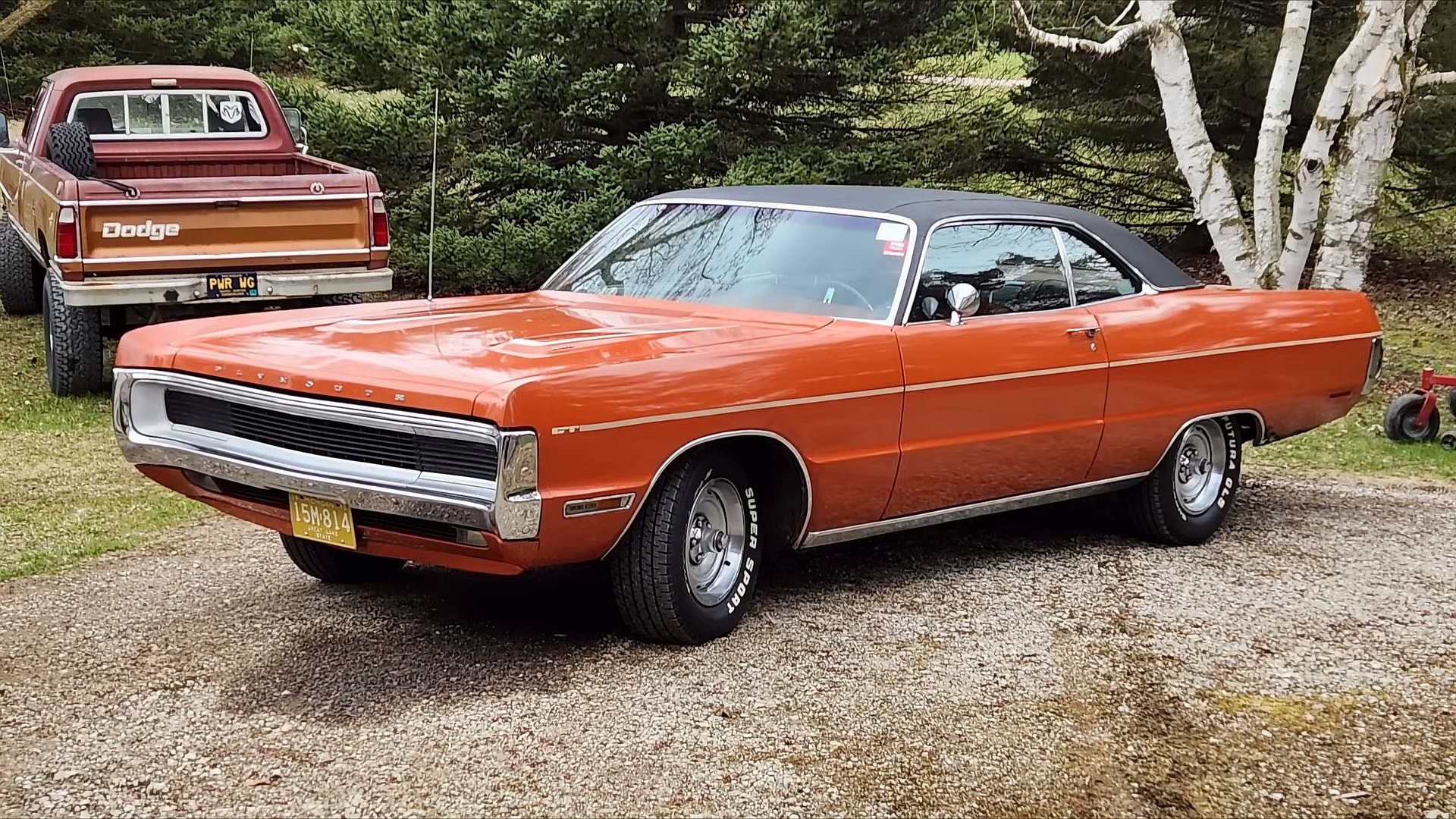The Plymouth Fury, often overshadowed by its more celebrated B-body and E-body counterparts, deserves more recognition. While the Road Runner, GTX, and Barracuda steal the spotlight, the Fury boasts its lineage of cool rigs.
The early Fury, immortalized by Stephen King’s “Christine,” emerged as an iconic iteration, transitioning from a sub-series of the Belvedere to a standalone model in 1959. By 1962, Plymouth downsized the Fury, transforming it into an intermediate platform. Despite missing out on the legendary HEMI engine due to a move to the full-size C-body platform in 1965, the Fury held its own during the golden era of muscle cars.

Though the HEMI eluded the Fury, it didn’t lack power. With the 440-cubic-inch (7.2-liter) RB V8 in both four- and six-barrel configurations, models like the Sport Fury GT showcased impressive performance. The 1970 GT trim, introduced during the fifth generation, combined luxury with power, featuring a standard 350-horsepower 440 V8 and an optional Six-Pack mill delivering 390 horses.
Despite its prowess, the Sport Fury GT faced challenges as muscle car demand waned. With only 669 units ordered (including three in Canada), it remains a rare gem in automotive history. Yet, its scarcity isn’t the only notable feature; examples like the Burnt Orange model stand out with unique color combinations and originality, embodying the spirit of a bygone era.

